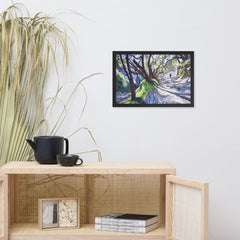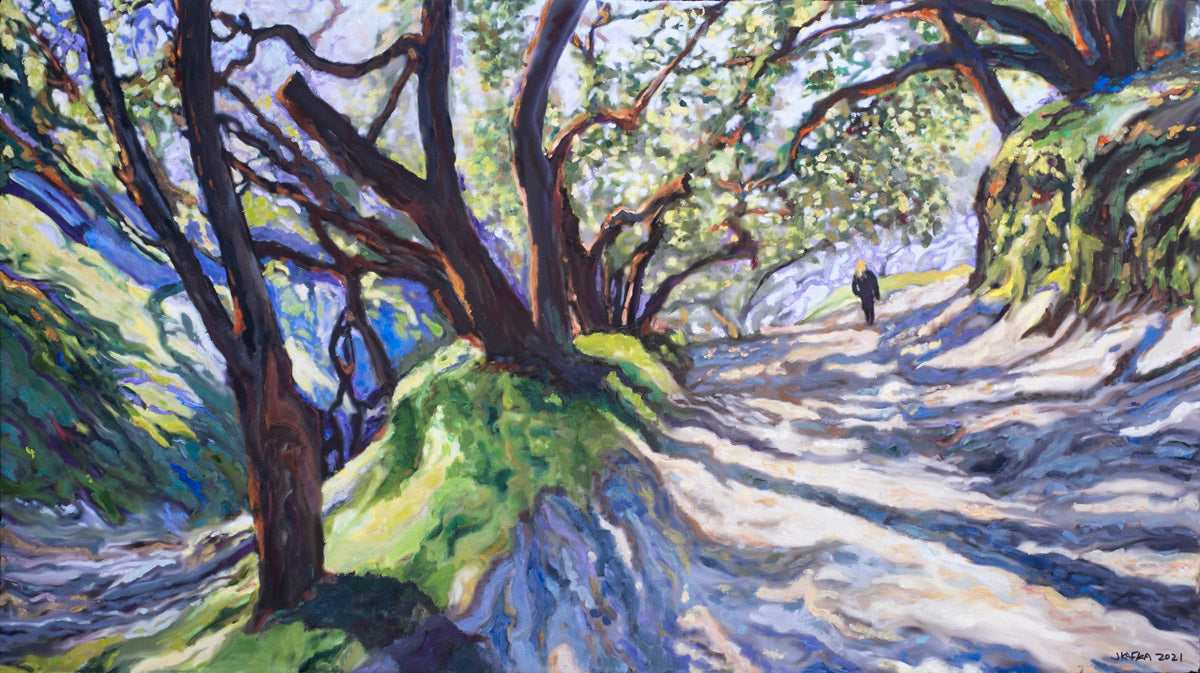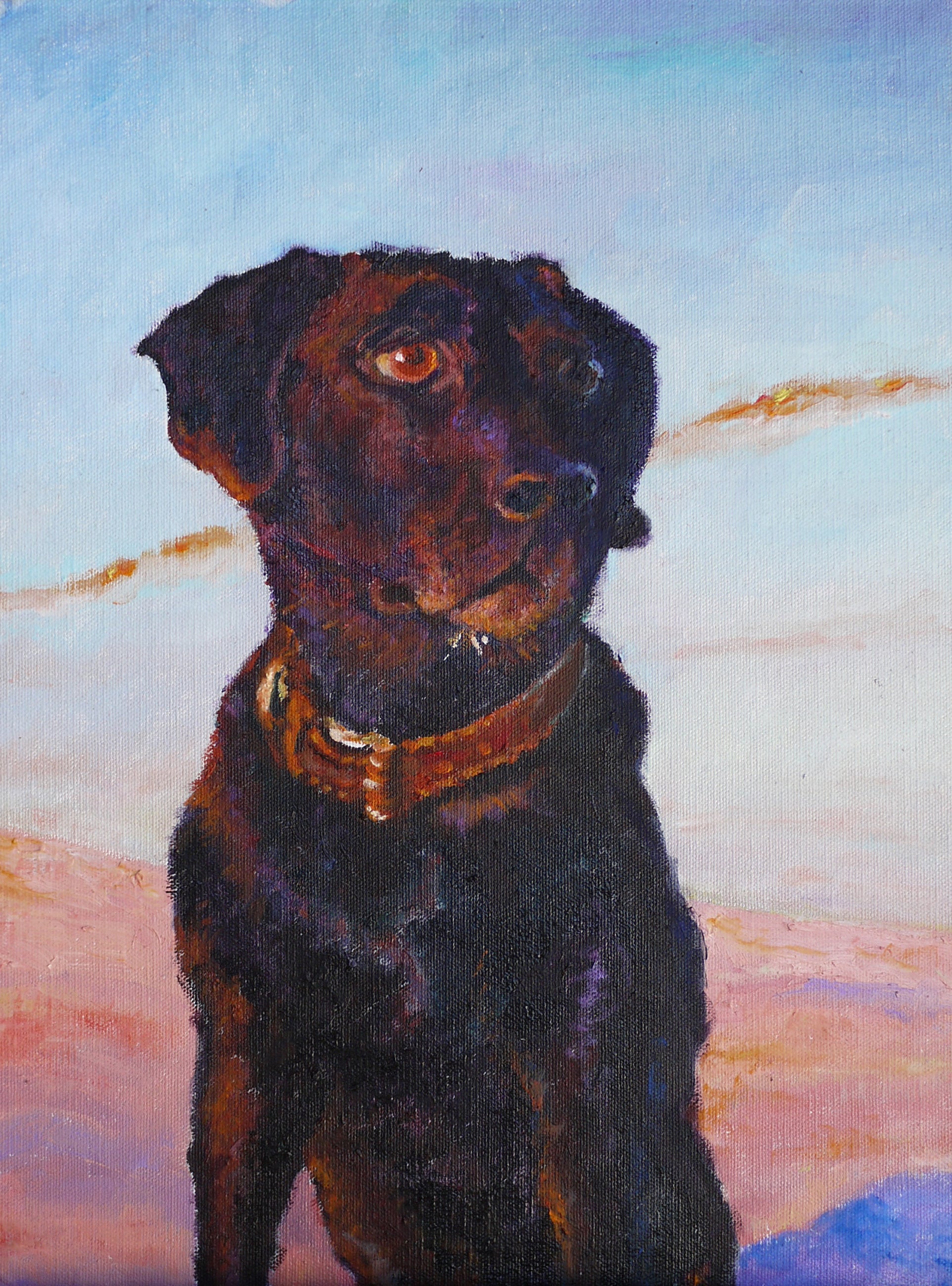Nurturing Artistry
In the solitary realm of the artist's studio, where the canvas meets the imagination, a profound transformation takes place. Fine artists, driven by an innate passion to translate emotions and ideas into visual expressions, often find solace and inspiration within a community of like-minded individuals. The importance of a creative community for fine artists cannot be overstated, as it serves as a nurturing ground for growth, exchange of ideas, and a sanctuary for the artistic spirit.
A Haven for Inspiration
Fine artists, whether they wield brushes, sculpting tools, or any other medium, often encounter the ebb and flow of creative energy. The journey from a blank canvas to a masterpiece is a complex one, fraught with challenges and self-discovery. Within a creative community, artists find a haven for inspiration. The collective energy generated by fellow artists can spark new ideas, push boundaries, and offer fresh perspectives.
The cross-pollination of ideas within a community can be likened to a thriving garden where each artist's unique creativity acts as a fertilizer for others. The landscape painter, with a palette of vivid hues, might inspire a sculptor to carve forms that echo the beauty of nature. Simultaneously, a portrait artist's mastery of capturing the nuances of the human expression might offer insights to a fellow painter seeking to convey emotion in their work.
Constructive Criticism and Growth
In the pursuit of artistic excellence, constructive criticism is a valuable currency. A creative community provides a space where artists can share their works in progress, exposing them to the discerning eyes of their peers. This exchange of feedback is not just about pointing out flaws but also about recognizing strengths and offering constructive suggestions.
Through constructive criticism, artists grow not only in technical skill but also in their ability to receive and apply feedback—a skill crucial for any artist aiming to evolve. This shared journey of improvement is especially vital for emerging artists, offering them a platform to refine their craft under the guidance of seasoned peers.
Imagine a group of artists gathered around a studio, dissecting the brushstrokes of a landscape painting. The air is thick with insights and observations, each artist contributing to the collective pool of knowledge. In this environment, even the act of critique becomes a celebration of the artistic process—a testament to the shared commitment to artistic growth.
Camaraderie in Solitude
While the act of creation is deeply personal, the life of an artist can be a solitary one. Long hours in the studio, wrestling with self-doubt and creative blocks, can lead to isolation. A creative community acts as a lifeline in these moments, providing the much-needed camaraderie that tempers the solitude of artistic pursuit.
Artists understand the unique struggles of their peers—the triumphs and tribulations that come with bringing a vision to life. This shared understanding creates bonds that go beyond the canvas, fostering a sense of belonging. In the intimate setting of a creative community, artists find support not just for their art but for their journey as individuals navigating the complexities of a creative life.
Preserving Tradition, Embracing Innovation
In the ever-evolving landscape of the art world, tradition and innovation often find themselves at a crossroads. A creative community provides a space where these seemingly disparate elements can coexist harmoniously. The seasoned traditionalist and the avant-garde innovator can share insights, fostering a dynamic environment where the old informs the new and vice versa.
This synthesis of tradition and innovation is exemplified in the world of portraiture. While classical portraiture celebrates the time-honored techniques of capturing a likeness with precision, contemporary portrait artists might experiment with unconventional mediums and abstract concepts. The intersection of these diverse approaches within a creative community ensures that artistic traditions are preserved while continually evolving
Diversity Breeds Innovation
A creative community is a microcosm of diversity—a tapestry woven from different perspectives, backgrounds, and artistic approaches. This diversity becomes a breeding ground for innovation. The abstract artist might find inspiration in the meticulous detail of a miniature painter, leading to a fusion of styles that births something entirely new.
This melting pot of ideas challenges artists to step outside their comfort zones, fostering an environment where experimentation is celebrated. A community that values diversity ensures that artists are not confined to a narrow path but are encouraged to explore the vast landscape of artistic possibilities.
Community Beyond Borders
In the digital age, the concept of a creative community transcends physical boundaries. Online platforms, forums, and social media have become virtual galleries where artists from around the world converge to share their work and insights. This interconnected global community introduces artists to a multitude of artistic expressions, techniques, and cultural influences.
For instance, a painter in a bustling metropolis might find inspiration in the serene landscapes depicted by an artist residing in a rural village. The exchange of ideas across continents broadens artistic horizons, creating a tapestry that reflects the richness of global creativity.
Joining or Creating a Creative Community
While the benefits of a creative community are undeniable, the prospect of finding or establishing one might seem daunting to some artists. However, with a strategic approach, this endeavor can be both rewarding and enriching. Here are seven practical steps to guide artists in joining or creating a creative community:
1. Explore Existing Platforms:
Start by exploring existing platforms that cater to artists. Online forums, social media groups, and art-focused websites provide a virtual space where artists share their work, exchange ideas, and offer support. Platforms like Instagram, DeviantArt, or specialized art forums can be excellent starting points.
2. Local Art Organizations:
Investigate local art organizations, galleries, and studios in your area. Many cities have art collectives or groups that organize events, exhibitions, and workshops. Attend art openings, workshops, and networking events to connect with fellow artists who share similar interests.
3. Collaborative Projects:
Engage in collaborative projects to connect with like-minded individuals. Joining forces on a project—whether it's a mural, an exhibition, or a community initiative—provides an opportunity to collaborate and build relationships with other artists.
4. Online Courses and Workshops:
Participate in online courses and workshops. Many artists, organizations, and institutions offer virtual classes that not only enhance artistic skills but also facilitate networking with fellow participants. These courses can be a gateway to building connections in the digital realm.
5. Create Your Own Community:
If existing communities don't align with your vision or if you crave a more localized experience, consider creating your own community. Start small by inviting artist friends or reaching out to local artists through social media. Establish a regular meeting schedule and create a platform—virtual or physical—where members can share their work and ideas.
6. Art Events and Exhibitions:
Attend art events and exhibitions to meet artists in person. Networking at openings or artist talks can lead to meaningful connections. If possible, consider showcasing your work at local galleries or community spaces to increase visibility within the art scene.
7. Seek Feedback and Mentorship:
Don't be afraid to seek feedback and mentorship within the community. Constructive criticism and guidance from experienced artists can significantly contribute to your artistic growth. Many artists are willing to share their knowledge and experiences.
Embarking on the journey of joining or creating a creative community requires both initiative and an open heart. Whether online or in-person, these communities serve as the lifeblood of artistic endeavors, offering not just a space for creative expression but a network of support and inspiration. Remember, the artistic journey is enriched when shared with others, and the collaborative spirit within a creative community can propel artists to new heights in their creative pursuits.
Conclusion: Cultivating the Seeds of Creativity
In the vast and varied landscape of the art world, a creative community acts as the fertile soil where the seeds of creativity are cultivated. It provides the nurturing environment where artists, whether landscape painters or portrait artists, can flourish, grow, and evolve. The importance of this community goes beyond the canvas, touching the core of the artistic spirit and reverberating through the collective consciousness of society.
As artists continue to forge connections, share insights, and celebrate each other's triumphs, the creative community becomes a living testament to the transformative power of art. In this shared journey of self-discovery and expression, artists find not only a sanctuary for their creativity but also a beacon guiding them through the ever-changing landscapes of the artistic realm.




